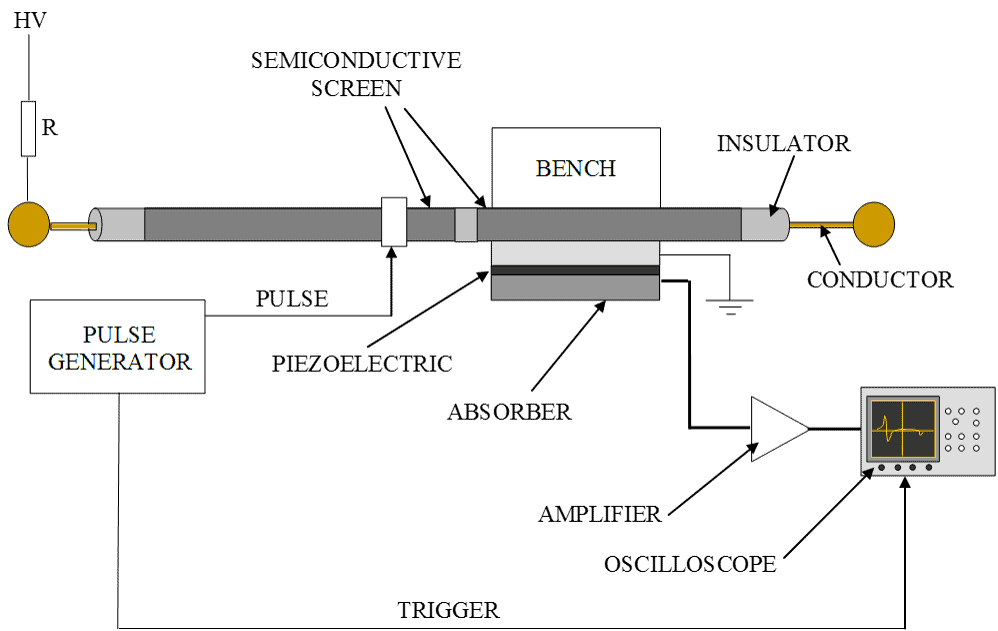PEA
Space Charge Measurement System
For the research of insulating materials for HVDC components.
The pulsed electro-acoustic (PEA) method is a non-destructive space charge measurement technique. It is used to profile the space charge distribution, accumulation and its overall behavior inside polymeric insulating materials.
Used by many research labs of cable manufacturers, research institutes and universities around the world.
Space charge observation is becoming the most widely used technique to evaluate polymeric materials for DC-insulation applications, particularly high-voltage cables.
It is already well assessed in fact, that the presence of space charges is the main problem causing premature failure of high-voltage dc polymeric cables and, indeed, the main reason preventing from a rapid diffusion of such kind of cables.
Moreover, it has been shown that insulation degradation under service stresses can be diagnosed by space charge measurements. However, quantities are still lacking that can help to summarize and interpret the huge amount of data resulting from space charge measurements, and that are also associated with the electrical performance of the insulation.
The pulsed electroacoustic analysis (PEA) can be used for space charge measurements under dc or ac fields.
The PEA method is a non-destructive technique for profiling space charge accumulation in polymeric materials.
A series of high-voltage pulses of very short time length is applied to an insulation specimen interposed between two electrodes. Each pulse produces an electric force displacing internal charges and generating pulsed acoustic pressure waves in correspondence of each charge layer in excess with respect to neutrality. The resultant pressure pulse is detected by a piezoelectric transducer, so that the charge distribution in the specimen under test can be obtained from the output voltage of the transducer. The analysis of space-charge profiles is restricted to one dimension.

For manual, firmware, and software you need to login here